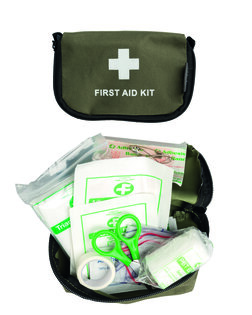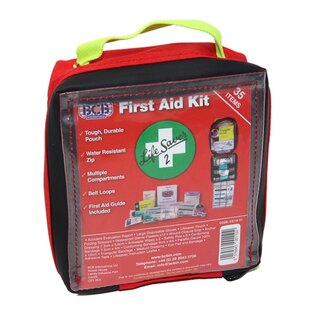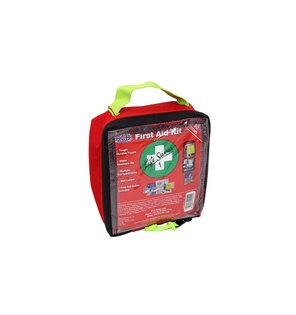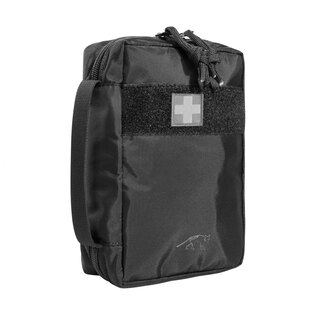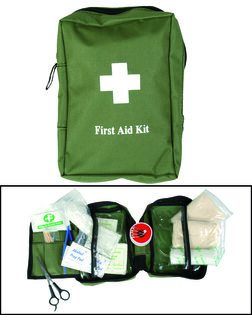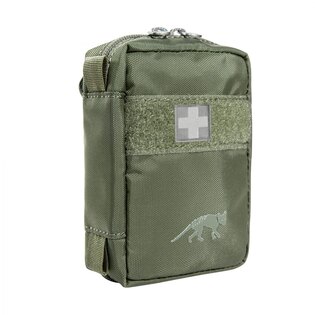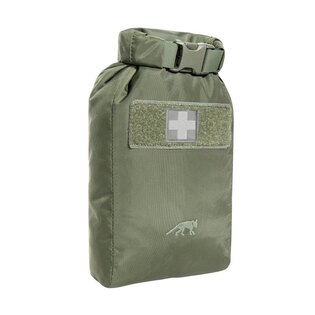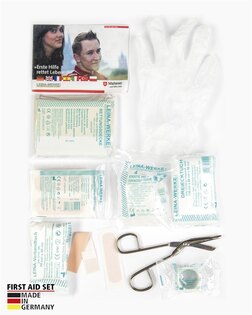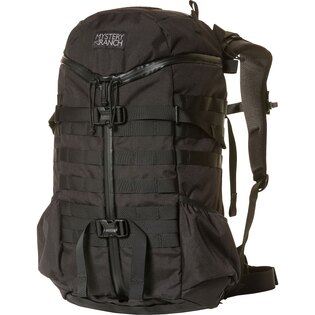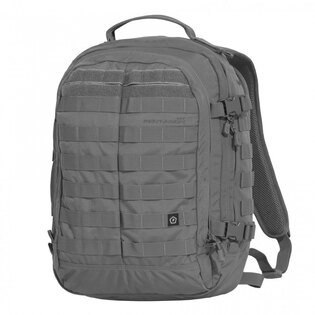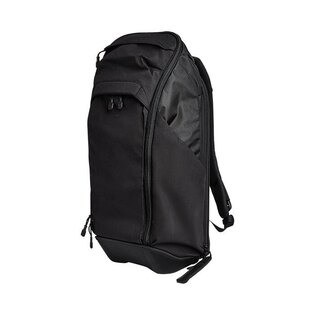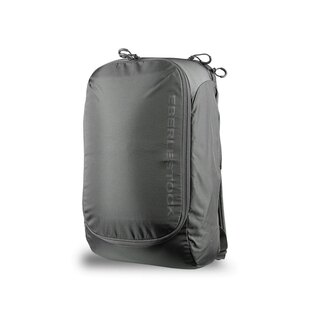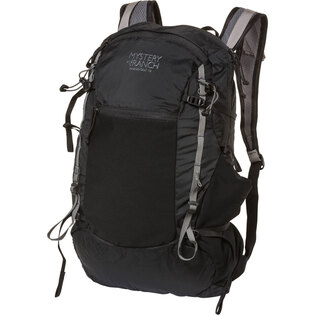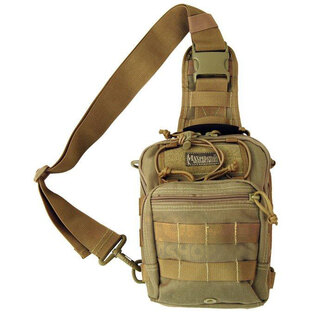Bug Out Bag: why have it at home and how to pack it?
The Bug Out Bag is a pre-prepared emergency bag that allows you to be better prepared for an emergency situation. A properly packed emergency backpack will provide you with everything you need for up to a few days and significantly increases your chances of coping with an unexpected event.
What is the purpose of the Bug Out Bag?
The Bug Out Bag is a pre-prepared emergency bag that will come in handy during floods, fires, accidents and other emergency situations. The idea of the "survival backpack" is based on "prepping", i.e. preparing for crisis situations. A properly prepared emergency backpack should ensure your survival for at least 48 to 72 hours and should not restrict you by its size from moving to a safe area.
What luggage to choose?
As we mentioned above, the Bug Out Bag should not be too big, as its height could get in the way when you move quickly. Definitely avoid a suitcase on wheels, which is too bulky and also gives you away immediately. On the other hand, it's also a good idea to avoid really small luggage because you can't pack everything you need in it. The ideal volume of a backpack is therefore somewhere between 25 and 35 litres.
The Bug Out Bag should also be unobtrusive. Whether you choose a tactical backpack, hiking backpack, or any other quality backpack from a reputable retailer, make sure there are no reflective or other conspicuous features on the luggage that could give you away. If you prefer backpacks in military patterns and colors, Bug Out Bag is the one we recommend reaching for a civilian-looking backpack that is not as conspicuous.
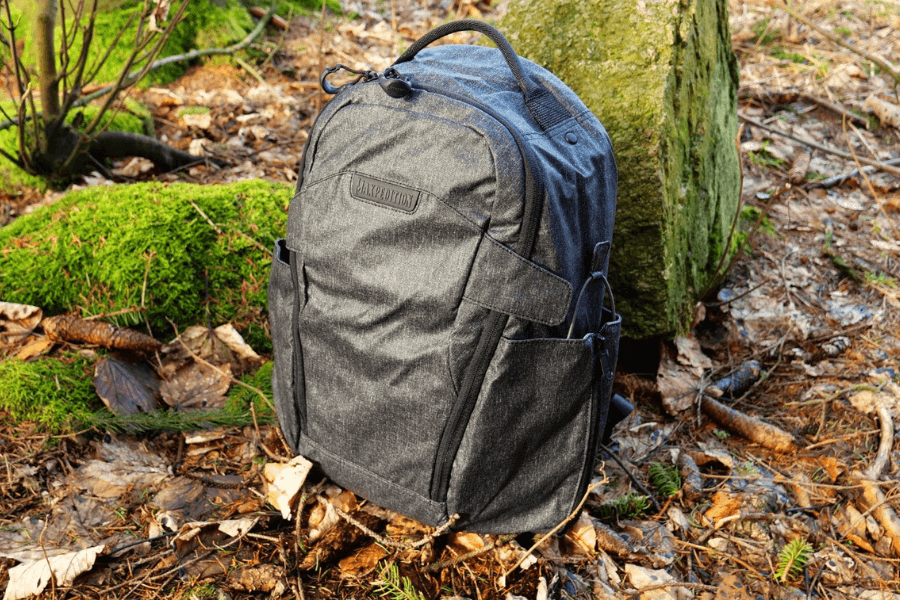
Emergency luggage should be comfortable, unobtrusive, durable, ideally with a sophisticated internal organisation system. The photo shows the Maxpedition Entity backpack.
Also look carefully at the internal organisation of the backpack. You'll be storing a number of items in your emergency luggage, and unorganized chaos is the last thing you want to deal with in a messy situation.
TIP: Among the very inconspicuous, but durable and detailed backpacks is the Entity series from Maxpedition. Check out our VIDEO.
What to pack in the emergency luggage?
A properly packed Bug Out Bag will contain everything you need from the following areas:
- water,
- shelter,
- fire,
- food,
- first aid kit,
- toiletries,
- spare clothes,
- navigation,
- communication equipment,
- lamps,
- self defence,
- tool,
- documents.
Water
Every survival manual stresses that you simply cannot survive without drinking water. Therefore, you should pack some type of water container in your backpack. Some people like to use military canteens, for us a Camelbag is a great choice.
You can buy Camelbag even with a built-in filtration device, so you simply save time and space in your backpack. In addition to a hydration pack you can also pack a water bottle and stainless steel cup in which the water can be boiled if necessary.
Shelter
In the countryside, but also in the event of a catastrophic situation in the city, you need to have basic equipment that will protect you from cold, rain or snow while you sleep. Pack a sleeping mat in your backpack to prevent you from getting cold from the ground.
Don't forget a tarp to protect you from the rain and something to wrap yourself in. If you have enough space, you can pack a sleeping bag, but in many cases you can get by with a versatile poncho, such as the Swagman Roll.
Fire
In many cases, you simply cannot be without fire. You can't heat up your food, boil water, keep warm when you're cold or send out a distress signal. To avoid the inconvenience, pack these 4 essential items for starting a fire in your pack:
- quality lighter,
- flint,
- durable matches,
- kindling.
It's true that if you're handy with a flint, you probably won't use matches or a lighter. But keep in mind that either item can be lost at any time, so it's important to have a spare on hand.
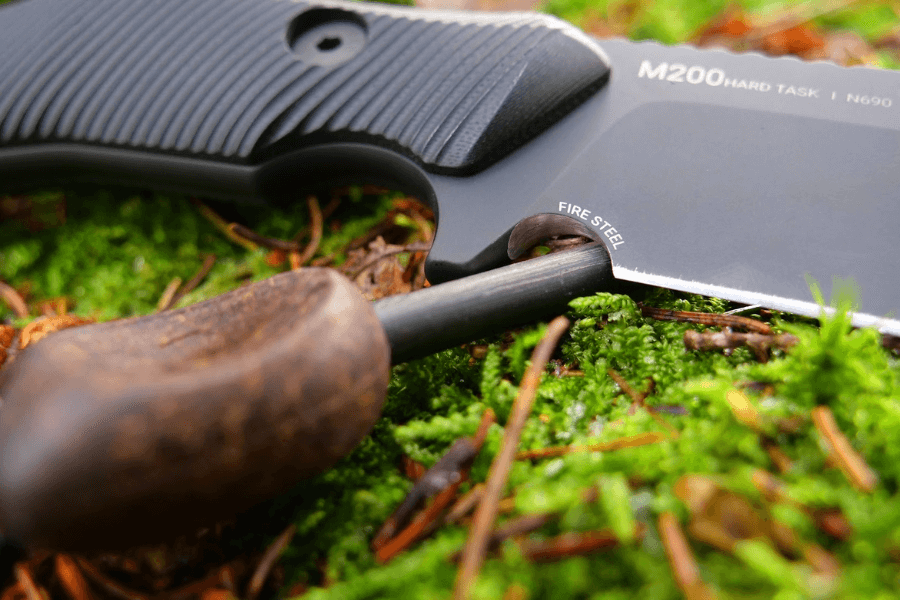
To start a fire, it is advisable to have several solutions in reserve (on the photo flint and knife ANV M200 HT).
food
Be sure to pack food in your Bug Out Bag that you can eat right away. Energy bars, dried meat or emergency food rations are the best choice for instant hunger relief. But if you have some space left in your emergency luggage, you can pack a small cooker, stainless-steel container and dehydrated food, that you just pour hot water on.
First aid kit
You can bring your own first aid kit or buy a complete and pre-configured first aid kit. Such first aid kits contain practically everything you could use in case of need. Remember that you also need to pack medicines that you take every day, as such medicines are not included in pre-packaged first aid kits.
Toiletries
Toilet paper, disinfection and soap may seem like less necessary items for survival, but the opposite is true. Neglecting hygiene can bring you a number of unpleasant diseases that rapidly reduce your chances of coping with a difficult situation.
Spare clothes
Also pack spare clothing in the form of socks and underwear in your emergency backpack. If you have any space left, consider adding some sweatshirt, pants or t-shirt.
Navigation
It can be quite challenging to navigate during a confusing situation. That's why it's a good idea to include a map of the area you live in, for example. Don't forget a compass, GPS, pen and notebook.
Communication equipment
Your mobile phone is one of the most important devices you should pack in your Bug Out Bag. Look for a sturdy and durable phone that will stay charged for a really long time. In addition to a charger, bring a fully charged powerbank, to extend your phone's battery life. Alternatively, you can also use a battery-powered radio.
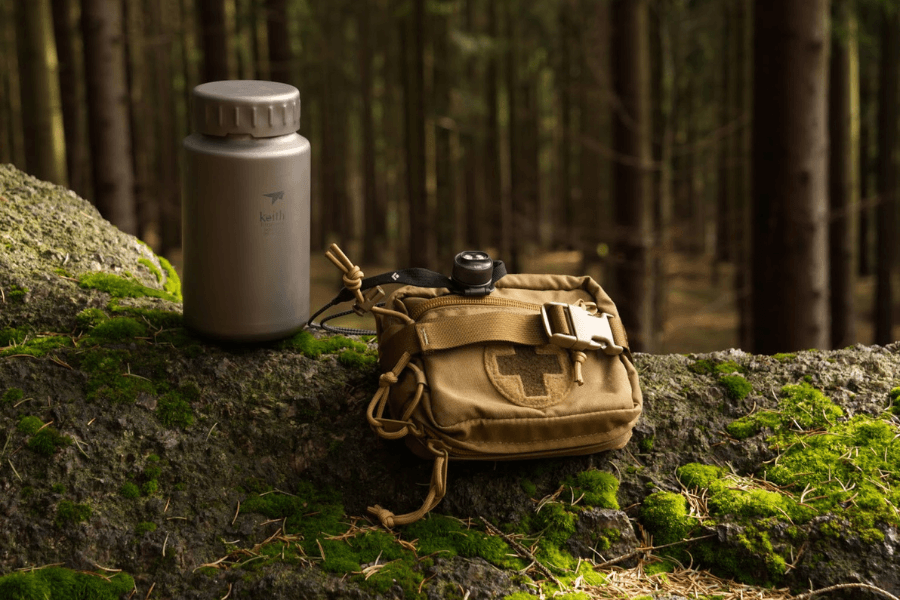
Properly assembled emergency luggage should contain equipment that will ensure your survival for at least 48 to 72 hours.
Tools
The tool you will use most of the time is a multitool with a serrated blade and adhesive tape. Think of the multitool as one of the most versatile tools that can save you a lot of work. So make sure you choose the right one. By the way, a multitool is a tool that can save your life in many situations.
Headlamp
Headlamp is one of the very important elements of emergency luggage that won't take up too much space. With the headlamp, you will be able to explore your surroundings and function even at night. In fact, in many places it is very difficult to do without a light source. The headlamp also comes with spare batteries.
TIP: Do you know how to choose the right headlamp?
Self-defence
In crisis situations, sometimes you have to defend yourself from attackers. For emergency luggage purposes, smaller pistols are ideal because of their compactness, consistency and unobtrusiveness. Avoid carrying massive revolvers or Desert Eagle-type pistols.
knives with longer blades are also excellent for self-defence purposes and can be used for fire-making or shelter building.
Documents and cash
Pack copies of important documents (birth certificate, medical documents, contracts), cash or a backup credit card in your Bug Out Bag. Don't forget your health insurance card and ID or other identification.
Readers are further interested



















































































































